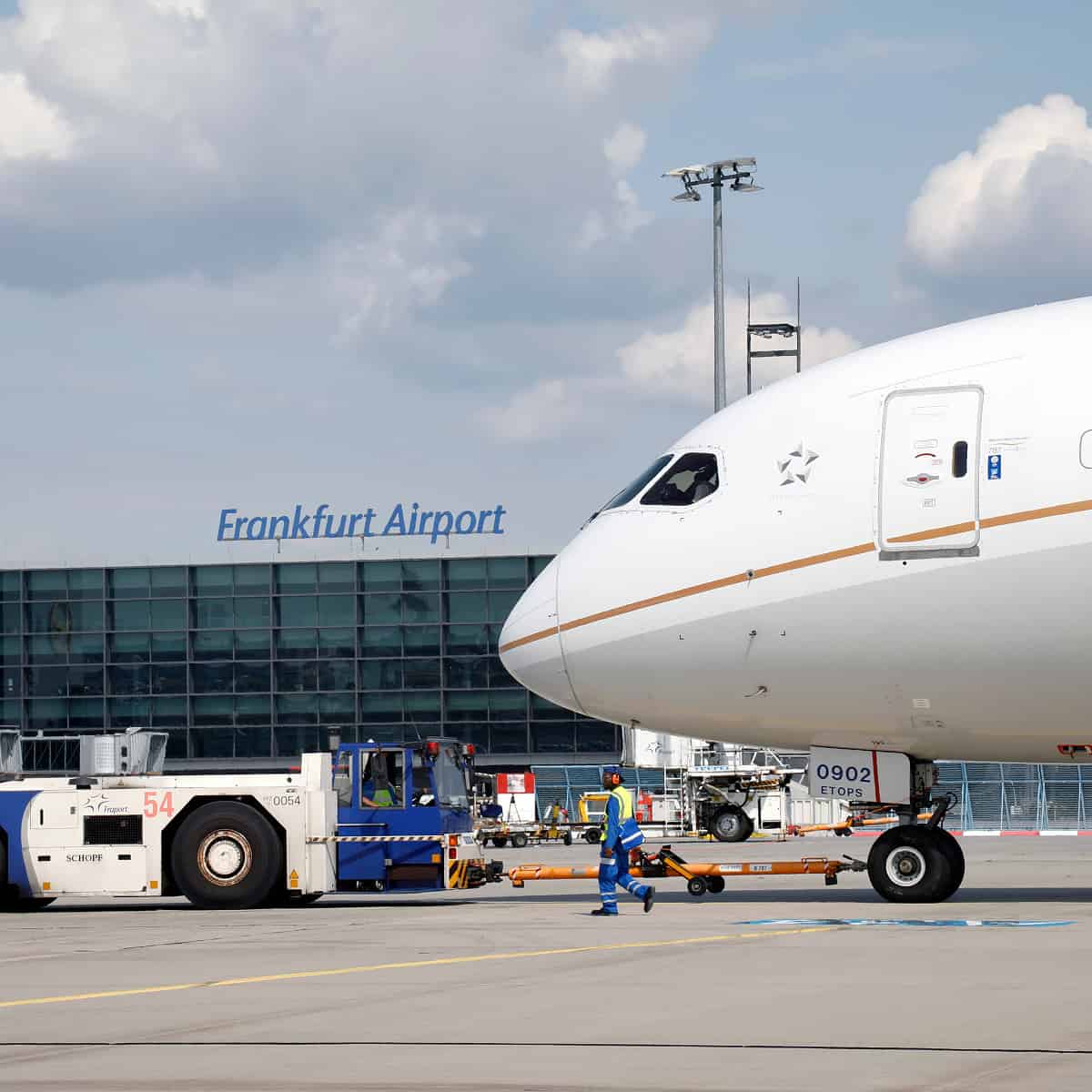Len Cordiner is the author of an assessment article on world carnivals. He is part of the WHL Group, one of the largest local-travel companies in the world, a global network of companies that helps travelers find unique ways to experience a destination through local tourism professionals.
Rio de Janeiro, Brazil, has a well-deserved reputation as host of the biggest carnival celebration in the world. Nowhere else on Earth is this gloriously wanton Christian holiday of feasting before fasting quite as grand in scale. In fact, all over Brazil, wild and massive celebrations compete for the carnival spotlight. This makes it easy to forget that carnival is celebrated with the same passion and gusto in many other parts of the world as well!
Here is WHL Group’s selection of five great places for a carnival carouse outside of Brazil.
MALTA AND GOZO
Costumes are key in the carnival celebration on the Maltese island of Gozo. Some take the disguise aspect so seriously that they will conceal their identities completely by remaining silent.
The central Mediterranean island of Malta is known to spiral into madness, absurdity, and lively celebrations for the five days of carnival, the most colorful event on the Maltese calendar. The holiday has been celebrated in Malta since the 16th century, giving it a momentum that has been building for hundreds of years.
The small island of Gozo, just to the northwest of Malta, is particularly notorious for its own version of carnival, hosted in its capital city of Victoria on It-Tokk, its main square, and in the village of Nadur. Gozitans take pride in their parallel and distinct celebration of Carnival, which they sometimes interpret a little differently than their Maltese counterparts.
For example, in Nadur, the costumes take on a whole new level of absurdity, highlighting the grotesque and ensuring complete anonymity. In fact, in Nadur, the masqueraders are so serious about remaining unrecognized that they will don sacks, sheets, wigs, and outrageous makeup. They will even stay silent to conceal their voices, which is why the party in Nadur is known as the Silent Carnival.
KVARNER, CROATIA
Each village around Rijeka, Croatia, has its own distinctive bellringer costume that appears in the International Rijeka Carnival, one of the biggest in Europe. Animal masks are most common, but variations include flower hats and colored paper streamer headpieces.
Croatia is another Mediterranean country with a flair for celebrating Carnival. Its all-out annual festival is headquartered in the coastal city of Rijeka in the Kvarner region, which plays host to huge street parties, costumes, and parades that draw masses of people.
Croatia’s own traditions and customs make its Carnival party unique, and the most iconic revelers are the bell ringers. Shepherding in the carnival magic, the bell ringers dress in lambs-wool costumes and huge animal masks. They band together along a procession route from village to village, and ring the bells they wear around their waists. Bell ringers from each region have their own costume and musical walk, but all of them play the same role: to ward off evil spirits. Villagers welcome them with wine and refreshments.
The several days of carnival in Croatia culminate with a massive procession in Rijeka. The international carnival parade tends to be around five kilometers long, with thousands of participants from both Croatia and abroad. They outdo themselves each festival season with elaborate costumes and decorations for their floats. Spectator numbers surpass 100,000, forming a sea of masks, merriment, and revelry.
VICTORIA, SEYCHELLES
The Tourism Board of Seychelles is excited to promote its first annual international carnival of Victoria, kicking off a new tradition of large-scale celebration that will rival the biggest carnival parties worldwide.
The Seychelles sells itself as a “melting pot of cultures,” an appropriate slogan given the rich blend of influences and traditions that characterize this island nation in the Indian Ocean. It is also fitting that the island aspires to host the biggest international celebration of carnival worldwide.
This year, from March 4 to 6, Seychelles’ capital city of Victoria, found on Mahe Island, hopes to attract the representatives of Carnival celebrations from all around the globe to an international melting pot of festivities. The initiative came from the Seychelles Tourism Board, which is planning this high-profile event as a showcase for both participating countries and for Seychelles itself as a premier international destination.
Alain St. Ange, CEO of the Seychelles Tourism Board and eTurboNews Ambassador, told reporters: “We envisage attracting a strong and varied contingent from abroad. Pledges of support have been given by several international carnivals and others probably including South Africa.”
MADEIRA, PORTUGAL
The paint and plumage of carnival costumes in Madeira, Portugal, reveal the vibrancy of one of Europe’s most famous street parties.
Madeira is a Portuguese island that has long been a destination for fun lovers and pleasure seekers. The capital city, Funchal, certainly knows how to host a party! Its annual New Year’s Eve fireworks display reaches Guinness World Record proportions, and its celebration of carnival has gained notoriety as one of Europe’s most raging street festivals.
This year (2011), the festival begins on February 5 and lasts until February 8. Thousands of participants will fill the streets in outlandish costumes that rival the most exquisite plumage and glam in Rio de Janeiro. Samba bands will play music in the streets, providing a baseline for days of dancing, singing, and merrymaking.
As with many of the carnival celebrations worldwide, Madeira’s is a burlesque. Costumes are caricatures of famous personages, and parade floats are fun-poking allegories on wheels. After four days of fiesta, the revelry finally winds down for the seriousness of lent.
ORURO, BOLIVIA
Unlike in Rio, the dances in Oruro never change because each one corresponds to a Bolivian folk story. The Caporales dancers present the story of the Yungueno slaves, and their rich costumes show the money that their slave owners paid for (and profited from) them.
At 3,708.5 meters of elevation, high in Bolivia’s altiplano, is the cultural center of the nation for the 10 days leading up to Ash Wednesday. During this time of the year, Oruro shows its true Carnival colors with ornate costumes, pumping music, and plenty of heavy drinking.
An intermingling of pagan beliefs with the Catholic faith, typical Bolivian dance groups like the Morendaas, Tinus, Caporales, and Llameradas parade through town and act out myths from Bolivian culture while dressed in elaborate garb that has taken the entire year to fashion. Two of the major players are the devil and the archangel, and when they both arrive in the carnival stadium on Sunday morning before Lent, there is a battle of dance that symbolizes the confrontation of good and evil.
During the day, wearing a poncho and glasses is advisable; local children are out in full force with water balloons and spray foam to attack any easy targets – and gringos are notably easy targets. Also, a wise traveler books reservations in advance; the arid highlands of Bolivia can be unpleasantly cold, and this small town of 250,000 will swell to more than double its size during carnival.






















